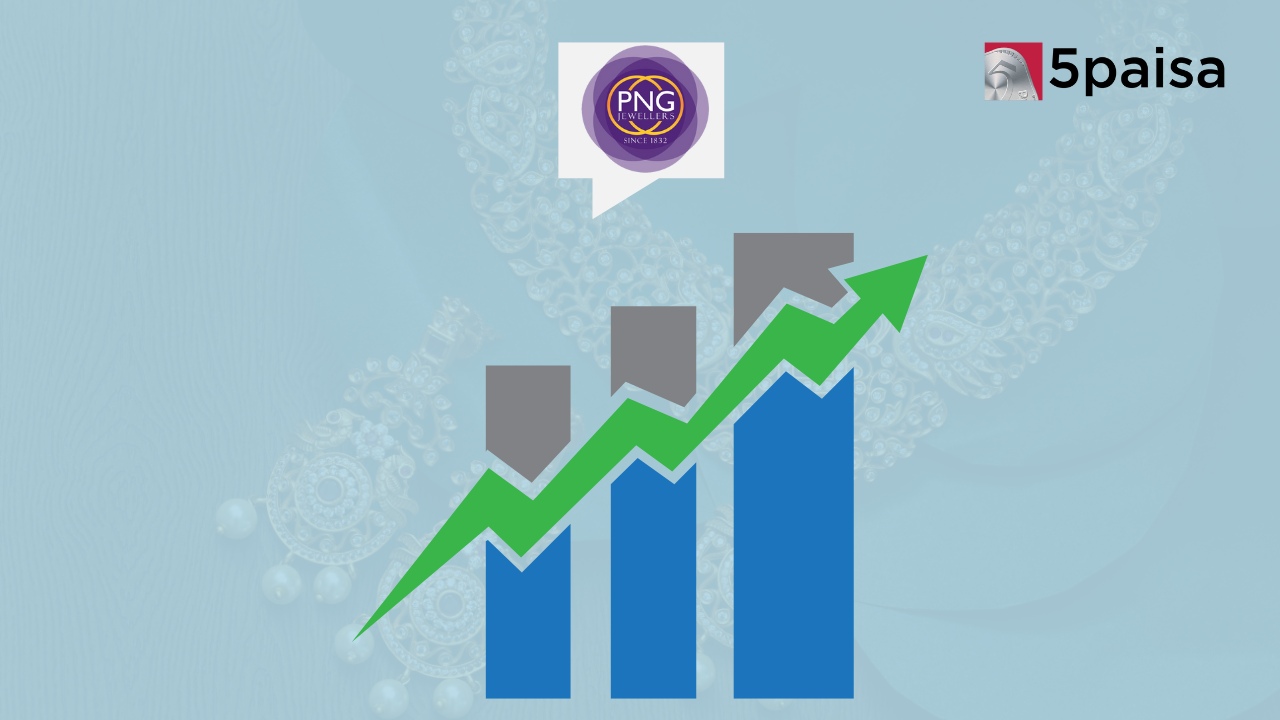SEBI Penalizes Stock Broker with 1,103 Clients Listed as 'Dependent Children' Aged 34 to 100 Years
RBI must replenish forex reserves, but 2013 template may not work

Last Updated: 19th October 2022 - 06:38 pm
India may not be in the trillion dollar forex reserves club like China, Japan and Switzerland. But, at $647 billion at the start of the year, India’s forex reserves were in the top 5 in the world, making it one of the more stable economies among the BRICS. India needed a big forex chest due to being a net importer and having a monthly merchandise trade deficit of around $30 billion. The other BRICs economies like China, Russia and Brazil were net exporters so they never had to measure the ratio of imports to the forex reserves. India had to ensure that it maintained at least 11-12 months of import cover in the form of forex.
However, that situation has deteriorated in the last few months with the import cover now down to around 8 months. The reason is that, while the imports have gone up on one hand due to rising commodity prices, there is also a case of depletion of forex reserves. India’s forex reserves have depleted from $647 billion to around $532 billion as the RBI has gone all out to defend the rupee. Now, defending the rupee calls for selling spot dollars and that reduces the forex reserves, which explains the depletion. The situation has been exacerbated by the OMCs relying on buying spot dollars to pay for imported crude.
What happened in 2013 and what was the template back then?
The year 2013 was the first major forex crisis that India saw in the post liberalization world. I am not counting the 1991 crisis when India had to pledge gold to the Bank of England, because that was prior to liberalization. In 2013, the US had first spoken about tapering its massive balance sheet created by buying bonds post the global financial crisis to the tune of $5 trillion. The markets panicked due to the liquidity tightness it would create. Assuming that the US would follow it up with rate hikes, there was a massive outflow from EMs towards DMs. India with a CAD of 5% was a natural target for forex depletion.
As the Indian rupee lost more than 22% against the dollar in 2013 and FPIs pulled $15 billion out of Indian bonds, there was absolute panic in the currency markets. That was when Raghuram Rajan took charge as the chairman of the RBI and managed to bring things under control. In 2022, the dollar selling alone has been to the tune of $43.15 billion. In short, the situation is largely (if not entirely) akin to what we saw back in 2013. The million dollar question is whether the 2013 stability model should be repeated. But, first a quick look at what the 2013 rupee rescue template was all about?
The focus now shifts to rebuilding the forex reserves back to above the $600 billion mark to give India a better import cover. The RBI had announced moves to liberalize forex flows in July this year, but with the non-inclusion of India in the bond indices, that comfort of $40 billion of flows is gone for now. It may be recollected that back in 2013, the RBI had offered to swap the US dollar raised by the banks via FCNR deposits into rupees at concessional rates. This was like hitting two birds with one stone. It goaded banks to go aggressively for dollar deposits and that automatically resolved the crisis and boosted forex reserves.
Repeating the 2013 template may be tough
However, most experts in the forex markets are sceptical if that model of swapping the dollar deposits at concessional rates into rupees would really work in 2022. At that time, Indian government had swapped FCNR deposits, with a maturity of 3 years or more, at a fixed rate of 3.5% annually. That was nearly 300 bps less than the market rate. It also swapped the foreign currency funding at 100 basis points below market rates. These 2 swap windows brough in 34 billion of dollar flows with $26 billion coming from FCNR deposits. However, here is why that strategy template may not work in 2022.
a) Today there is a much narrower USD-INR spread due to the RBI being less aggressive in hiking rates compared to the US Federal Reserve. That is one of the key differences between 2013 and 2022.
b) To explain the previous point, the 3 year bond yields are 4.5% in the US and 7.5% in India. The 300 bps spread is measly since the current hedging cost itself is around 650 bps. Even if the RBI offers a bigger discount, it may not attract FCNR deposits.
c) Also, depositors will be wary because, India is likely to touch record trade deficit of $300-350 billion this fiscal with current account deficit in the range of 4% to 5% of GDP. That is not the kind of macros that excites investors.
The consensus is that while the template of swapping deposits worked in 2013, it may not work in 2022 due to a sharp difference in the fundamentals and the macros. For now, the RBI still has a lot to worry about on its plate.
- Flat ₹20 Brokerage
- Next-gen Trading
- Advance Charting
- Actionable Ideas
Trending on 5paisa
06
 5paisa Research Team
5paisa Research Team
Indian Market Related Articles
Disclaimer: Investment in securities market are subject to market risks, read all the related documents carefully before investing. For detailed disclaimer please Click here.




